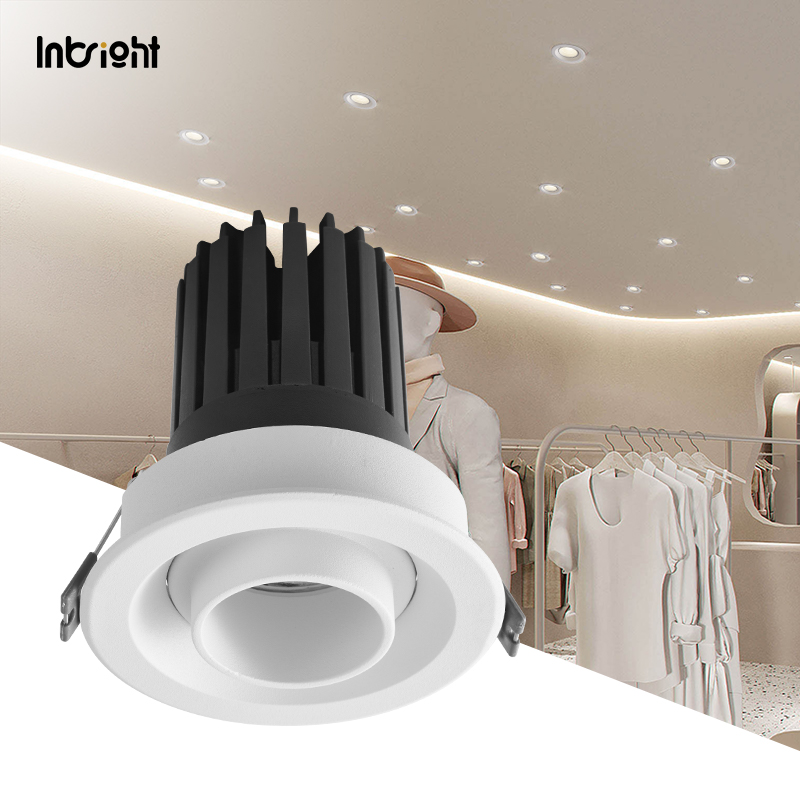
Embracing the Future: Key Trends in Smart Lighting
Smart lighting has become a core element in the evolution of intelligent environments, from homes to commercial buildings. The rapid development of IoT and artificial intelligence is driving the next generation of smart lighting solutions, reshaping the way we experience and interact with light. This article explores the most significant trends and innovations shaping the future of smart lighting.
1. Integration of IoT and Smart Lighting
The combination of smart lighting with IoT platforms is revolutionizing lighting control. Modern systems can be connected to central smart home hubs or building management systems, allowing users to customize brightness, color, and timing through apps or voice commands. This integration not only increases convenience but also opens up new opportunities for automation, energy efficiency, and security.
2. The Rise of Human-Centric Lighting
With advances in LED lighting technology, human-centric lighting is gaining traction. Smart systems can now adjust color temperature and brightness throughout the day to mimic natural sunlight, supporting circadian rhythms and improving comfort, productivity, and well-being in both residential and workplace environments.
3. Energy-Saving and Sustainability
A major focus for the future is energy-saving. Smart lighting systems utilize motion sensors, ambient light sensors, and automated scheduling to reduce unnecessary usage and optimize energy consumption. The widespread adoption of LED lighting further supports sustainability, offering longer lifespan and lower power consumption compared to traditional bulbs.
4. Seamless Integration with Smart Devices
Smart lighting is becoming more interoperable with other smart devices such as thermostats, security systems, and entertainment hubs. This allows for personalized and adaptive environments, such as “home arrival” scenes where lights, temperature, and music adjust automatically for comfort and security.
5. Enhanced User Experience with AI and Data
Artificial intelligence is being used to analyze user habits, optimize lighting schedules, and even predict preferred settings based on past behavior. Voice and gesture controls, along with advanced automation, are creating more intuitive and immersive experiences for users of all ages.
40 SEO Keywords:smart lighting, LED lighting, energy-saving, IoT lighting, intelligent lighting, human-centric lighting, lighting automation, lighting control, voice control lighting, AI lighting, sensor lighting, smart bulbs, connected lighting, smart home, building automation, wireless lighting, color temperature, tunable lighting, lighting schedule, app-controlled lighting, lighting scenes, circadian rhythm lighting, daylight simulation, occupancy sensor, lighting security, home arrival lighting, adaptive lighting, sustainable lighting, lighting longevity, power efficiency, personalized lighting, smart switches, lighting hubs, remote lighting, lighting trends, smart office lighting, smart city lighting, user experience lighting, gesture control lighting, ambient lighting
READ MORE










